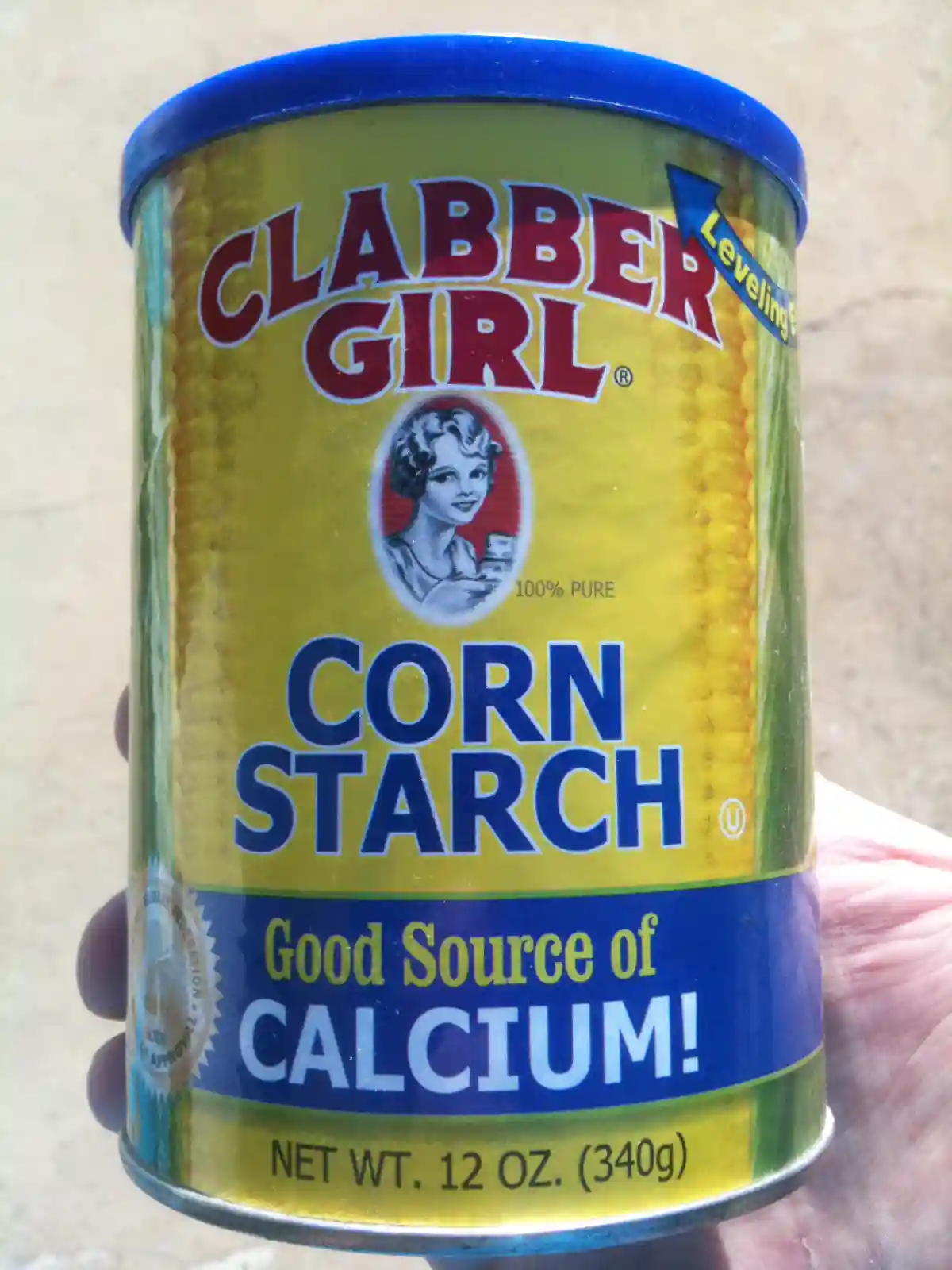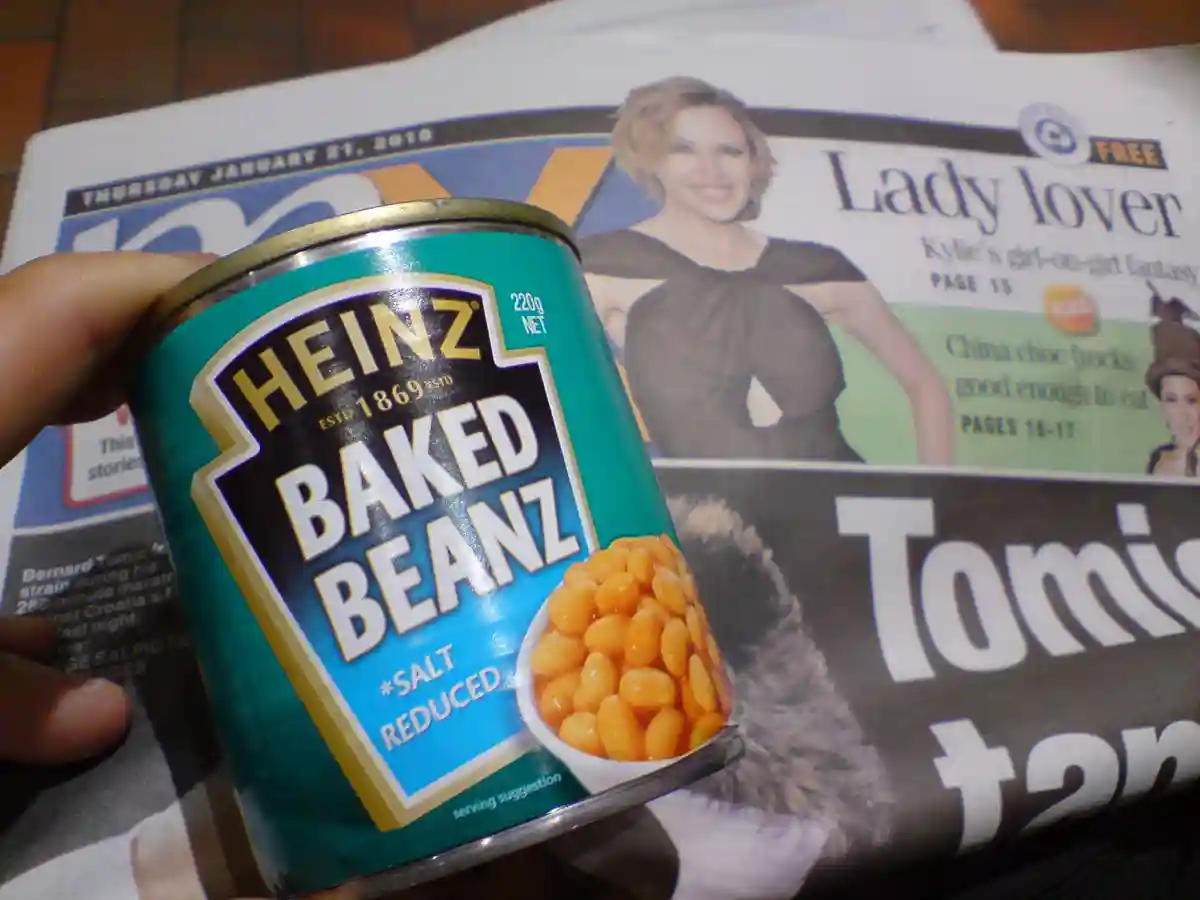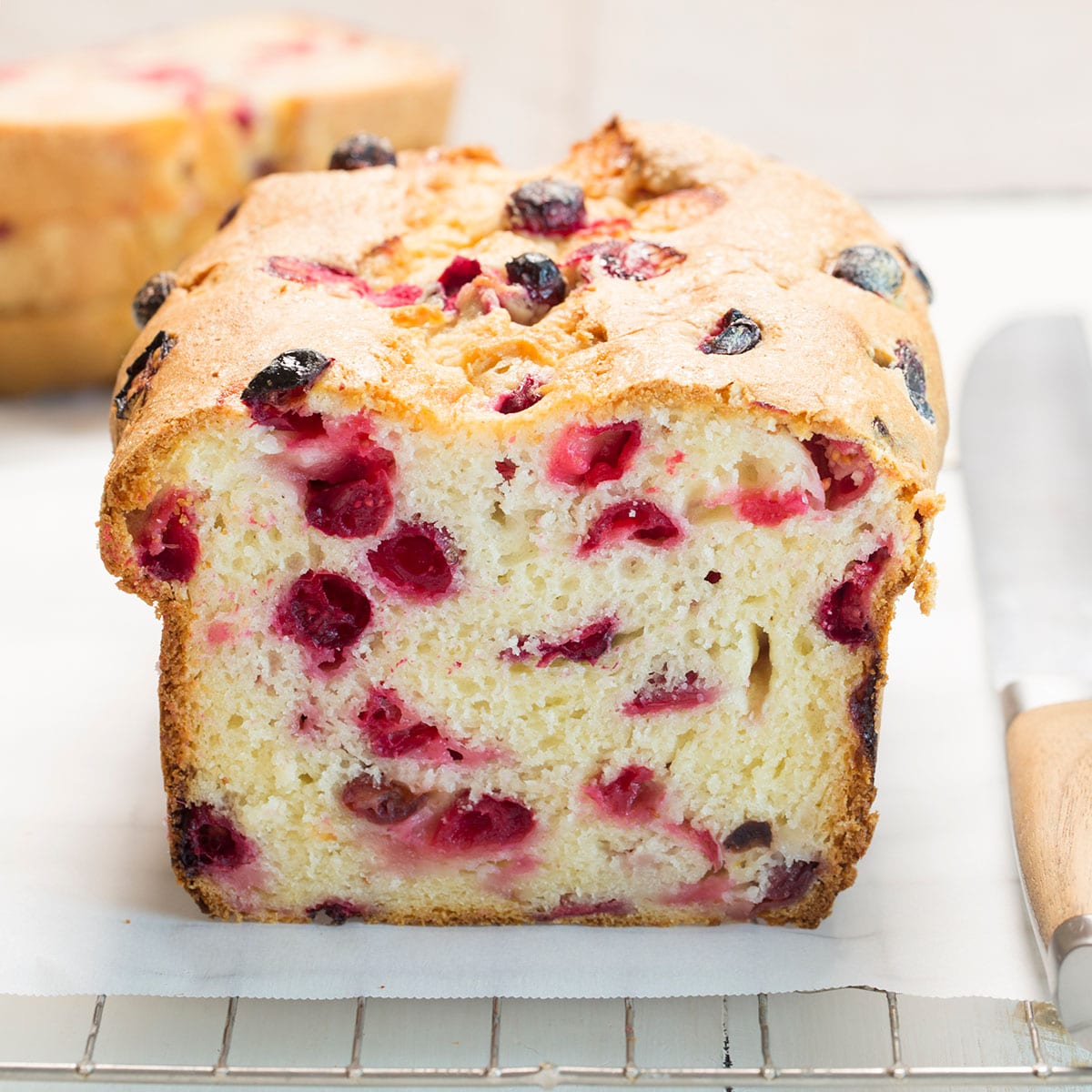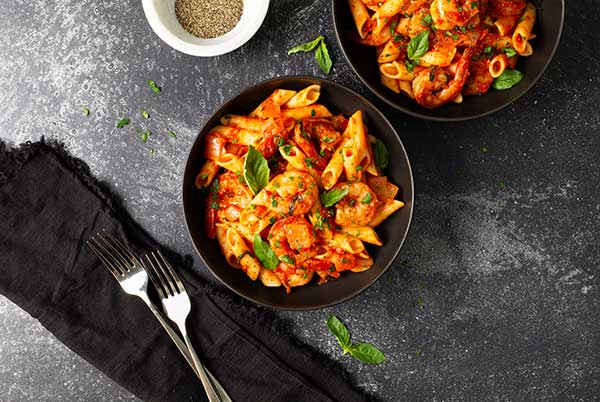Celiac.com 09/24/2024 – If you’re a gluten-free cook, having cornstarch in your pantry is essential for thickening sauces and stabilizing fillings. But what happens when you run out? Don’t worry—your pantry might already hold the perfect gluten-free substitute. Here’s a handy guide to some of the best alternatives to cornstarch that will keep your dishes on point.
Important Note: Each substitute behaves differently, so it’s crucial to choose the right one for your dish. Pure starches like potato, tapioca, and arrowroot starch will give you the most reliable results.
1. Potato Starch
Potato starch is an excellent gluten-free alternative to cornstarch. Its larger granules have similar thickening power but work at a lower temperature. It’s perfect for thickening soups and making gluten-free gravy, giving them a silky, creamy texture. However, it’s not ideal for long cooking times, so avoid using it in pie fillings or puddings.
How to Substitute: Use 1 to 1½ tablespoons of potato starch for every 1 tablespoon of cornstarch in soups and gravies. Add it later in the cooking process, and remove your dish from the heat as soon as it thickens.
2. Tapioca Starch
Tapioca starch, derived from the cassava root, is another neutral-flavored, gluten-free thickener. It has a superfine texture that’s ideal for pie fillings, puddings, and sauces. While it can lose some thickening power with prolonged cooking, it doesn’t break down as quickly as cornstarch, keeping your sauce smooth and supple.
How to Substitute: Use an equal amount of tapioca starch as you would cornstarch by volume.
3. Arrowroot Powder
Arrowroot powder, made from the tropical arrowroot plant, creates a translucent gel similar to cornstarch. It’s a great option for clear sauces and pie fillings, though it can become slimy in dairy-based dishes.
How to Substitute: Use 1½ teaspoons of arrowroot for every 1 teaspoon of cornstarch. Avoid using it in recipes that include dairy.
4. Rice Flour
Rice flour, available in both brown and white varieties, is another gluten-free option. It’s higher in protein than other starches, making it a good choice for baked goods like shortbread cookies. However, its coarser texture means it’s less ideal for smooth sauces or fillings.
How to Substitute: Use an equal volume of rice flour for cornstarch in shortbread recipes or as a breading. Be aware that the texture may be slightly chalky at first, but it will soften over time.
5. Xanthan Gum
Xanthan gum is a powerful thickener, commonly used in gluten-free baking to stabilize and thicken liquids. It’s flavorless and works well in cold dishes or those that need to be frozen. However, it’s much stronger than cornstarch, so use it sparingly.
How to Substitute: Only use xanthan gum to thicken liquids, and start with just a pinch. To avoid clumping, blend it into your liquid using an immersion blender. Alternatively, prepare xanthan gel ahead of time for easy use.
Whether you’re thickening a sauce, stabilizing a filling, or creating a gluten-free masterpiece, these substitutes will help you achieve the perfect texture without sacrificing flavor. Just remember to adjust the quantities and techniques slightly to match the specific needs of your recipe. Happy cooking!
Source link





